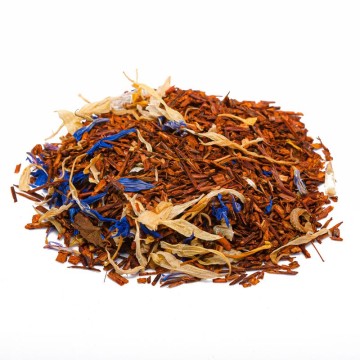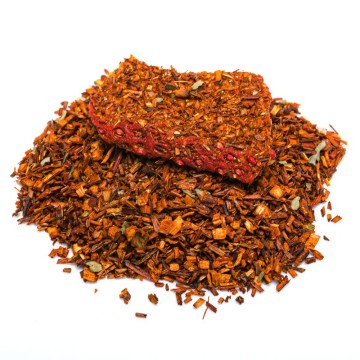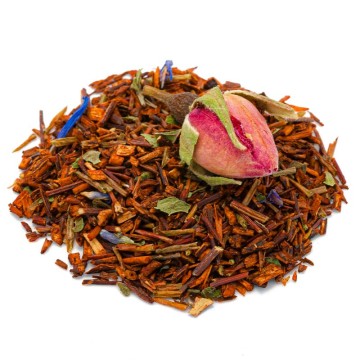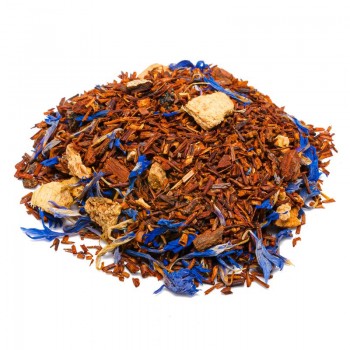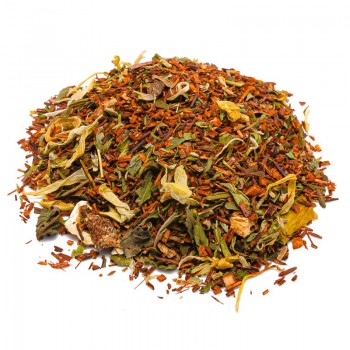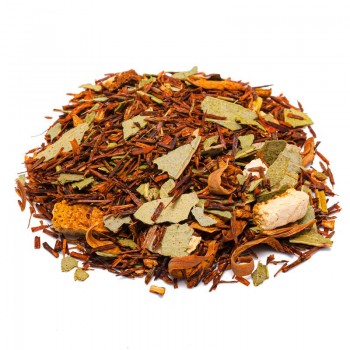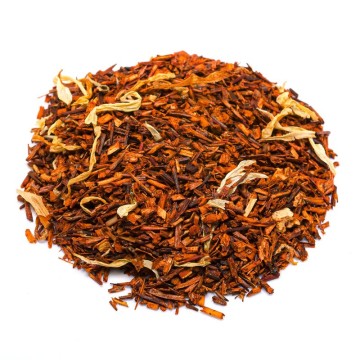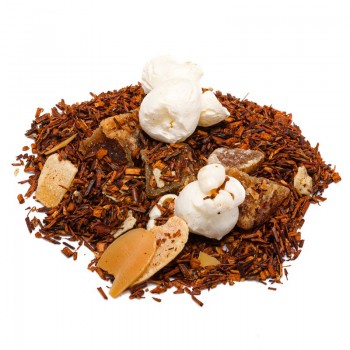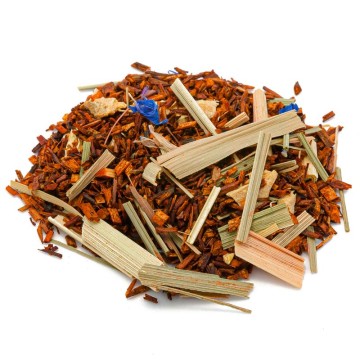Characteristics of the infusion "Rooibos Earl Grey, with Bergamot"
First of all, let's clarify that we know that it is a license to call a non-tea Earl Grey, furthermore tea connoisseurs will say that at the time of writing Earl Grey it is pleonastic to specify that there is essence of bergamot, because it is precisely the characteristic of Earl Grey.
Earl Grey, which is one of the most loved tea blends in the West, perhaps the most loved, is nothing more than black tea flavored with essence of bergamot (a citrus fruit). The blend takes its name from the count (earl in English) Charles Grey who was Prime Minister of the United Kingdom, there is a legend (naturally) linked to its birth, the recipe was revealed to the count by a Chinese tea blender as a thank you for saving his son from drowning. Earl Grey is so beloved that his name has remained linked to the invention of this tea despite being the first minister who abolished slavery. Citrus x bergamia is not normally found on the market because the juice is very bitter, but its extract has many uses.
The x in the middle of the scientific name indicates that it is a hybrid, like practically all citrus fruits, we always like to remember that in the world today there are about 200 species of citrus fruits and yet they all derive from crosses starting from only three original species: pomelo, citron and mandarin. It is not certain who the "parents" of the bergamot are, in all likelihood one is the bitter orange (Citrus x aurantium).
A curiosity about the etymology: it is mainly Anglo-Saxon texts that note the assonance with the city of Bergamo, but there are no historical sources that would link the Lombard city and this citrus fruit for some reason. Some suggest a correlation, instead, with the bergamot pear since the bergamot has a shape quite similar to this pear, there is only one problem, the bergamot pear was selected in Belgium only in the nineteenth century and the name derives from the scent that recalls that of the bergamot, therefore the relationship would be inverse.
According to other sources however the similarity of the shape of the bergamot with certain varieties of pear is relevant and the etymology derives from the Turkish-Ottoman expression “ beg armudu” which means “pear of the Lord”. This blend of rooibos and bergamot (with lemon peel) aims to be a healthy alternative (rooibos does not contain caffeine and contains few tannins) to the real Earl Grey.
In terms of flavor, it should not differ much since rooibos actually has a very similar flavor to tea, only a little sweeter due to the absence of caffeine and tannins.
But then why did we call it fake tea? In fact, rooibos is known as African red tea, but that's exactly the point, if we want to be rigorous about the name tea, only infusions obtained from a plant native to the Far East called Camellia Sinensis can boast, while rooibos is obtained from Aspalathus linearis, a Fabaceae (i.e. a relative of legumes) native to the Cederberg, a South African region near Cape Town.

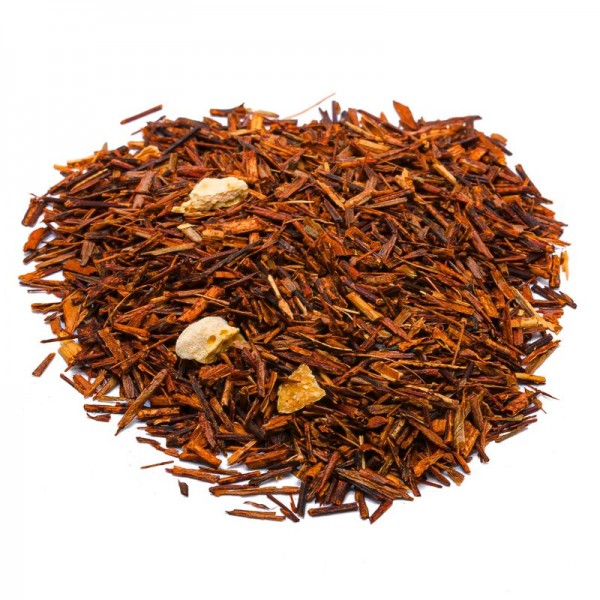









 No reward points for this product.
No reward points for this product.
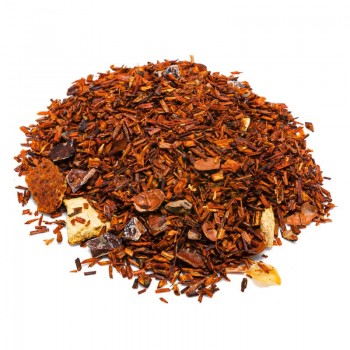


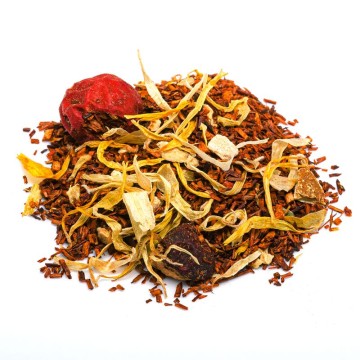
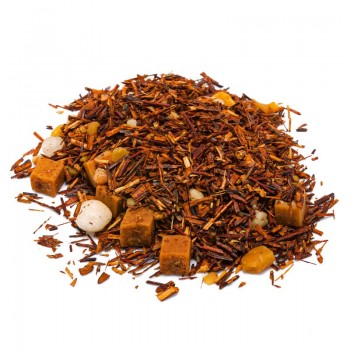

![rooibos cioccolata calda [Natura d'Oriente]](https://www.naturadoriente.com/3513-home_default/rooibos-hot-chocolate.jpg)
